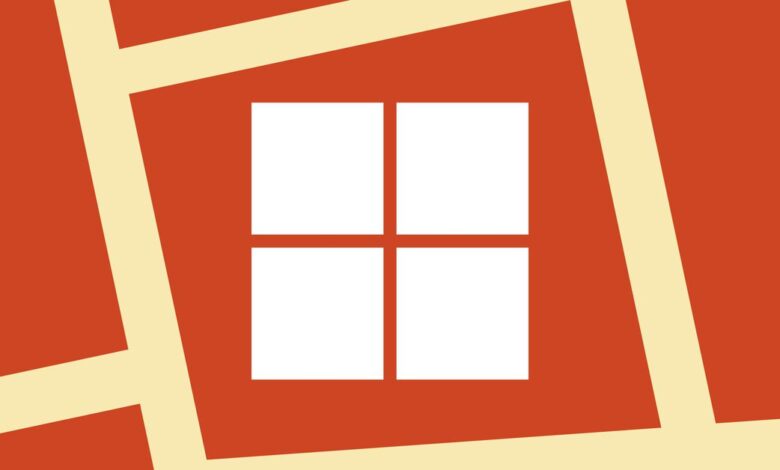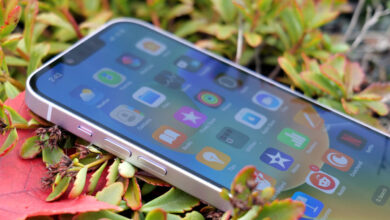Why is Windows 11 so annoying?

A couple of weeks ago, I ran out of screen on the one external monitor my work-issued MacBook Air can run. So I switched to my five-year-old Windows desktop and plugged in another monitor. Love it. Productivity through the roof. But it means that I’m finally spending significant time in Windows 11, and gosh, is it janky.
There are some things that Windows does very well compared to macOS and Linux. All the games are there, for one thing, and Windows runs on all sorts of hardware without a lot of fiddling. You do not have to spend a thousand dollars minimum on a non-upgradable machine to use it. You also generally do not have to download a bunch of drivers or spend six hours in the command line hand-assembling the goddamn operating system.
But for every headline like “Notepad in Windows 11 is finally getting a spellcheck feature,” there’s a “Microsoft is stuffing pop-up ads into Google Chrome on Windows again.” For every Windows Subsystem for Linux, which rules, there’s a ”Microsoft starts testing ads in the Windows 11 Start menu.” Microsoft seems dead set on stuffing Windows 11 full of “features” that steal your attention or try to convince or trick you into using some Microsoft product instead of the thing you were going to use. I am 30 or 40 years old, and I do not need this.
I grew up on Windows 3.1, NT, and 95. I got through college on a Dell desktop. I worked for MaximumPC magazine for five years, for god’s sake. I have built scores of PCs. I am typing this on my main personal computer, a mini-ITX gaming rig I lovingly hand-assembled in 2019. I stay using Windows.
But for the past few years, I had been spending 40-plus hours a week using the relatively sedate macOS for work and my off-work hours spending as little time as possible at a computer. So, even though I upgraded my desktop to Windows 11 about a year ago, I hadn’t spent that much time with it. When I did use my PC, it was mostly for household admin or (rarely) playing a game and, therefore, not interacting much with the OS itself. I am a frog who’s been out of the pot; I just jumped back in and got scalded.
I am a frog who’s been out of the pot; I just jumped back in and got scalded
At some point, a button appeared next to my Start menu. Clicking it or even hovering over it covers a full third of my monitor with stuff I never asked for and am not interested in. A firehose of news glurge. Stock prices. The weather. (That one is useful, but I can get that plenty of places.) There is also now a button in the system tray for Copilot, my everyday AI companion, which is present now across Microsoft products in inverse proportion to its utility.
:format(webp)/cdn.vox-cdn.com/uploads/chorus_asset/file/25409189/start.png)
The Start menu has been mostly garbage since Windows 8, but it’s now almost entirely useless in its default state. Half of it is pinned apps that I did not pin or even install. And I don’t blame the OEM. I am the OEM, and I did not put these here.
Somewhere in the last few versions, Windows seems to have forgotten how to index the files on my computer. So if I try to pull up a program, a file, or a setting in the usual fashion — by hitting Windows and starting to type — it mostly shows me results from the web, which are useless because it’s using Bing to find them.
Microsoft has done something truly remarkable with support documents, too. That info used to be baked into the OS. Now if you are in the display settings window (for example) and you go to the support section and click “Setting up multiple monitors,” it opens up Microsoft Edge — even if it’s not your default browser — bings the phrase “how to add multiple monitors to your windows 11 pc site:microsoft.com,” and displays a page with a single result: an info box excerpting the relevant support page on Microsoft’s website, plus a link to open the exact Settings screen you just arrived from.
This is a) bonkers and b) still a significant improvement over the last time I tried this when a similar link returned zero results. This is Microsoft’s corporate synergy at work. Why keep all those Windows users to yourself when, with a single click, you can make sure the Bing and Edge teams eat, too?
Edge used to be a slightly improved version of Chrome. Now it’s jammed full of sidebars and bloatware. (It is arguably still an improved version of Chrome.) It keeps asking to change my default search engine back to Bing (I shan’t), and its default homescreen is, yep, full of garbage.
:format(webp)/cdn.vox-cdn.com/uploads/chorus_asset/file/25409166/edgestart.png)
Why would one of the world’s biggest tech companies put out an operating system that’s so… janky? Well, part of it is surely the 30-plus years of building each new version of the operating system on top of the old one. That doesn’t really explain why stuff that used to work fine seems to be replaced with new systems that don’t, but something else might.
Windows is tremendously successful. It makes money. It has over 70 percent of the desktop market worldwide. Edge, which is still a pretty decent browser, and Bing, which is a search engine, have much smaller slices of their respective markets. Every Windows user Microsoft can pester, harangue, or trick into switching to Edge or Bing or Copilot over the competition is great for Microsoft, so it makes some kind of spreadsheet sense to jam in as many opportunities for synergy as possible.
It’s not just Windows, obviously. Every damn app wants to steal your attention a million times a day. And many budget phones and Windows computers come bloated with preinstalled adware and bloatware that companies pay OEMs to jam in there. Ritually banishing bloatware is a time-honored tradition among Windows users.
But used to be, that junk was separate from the OS itself. Samsung’s version of Android has plenty of bloat, but that’s Samsung’s version, not Android itself — there’s a reason the phrase “a clean version of Android” is stock among many phone reviewers and why Pixel phones get praised by reviewers at a much higher rate than they get bought by customers.
Ars Technica already wrote a good, practical guide to turning off most of the crap that Windows 11 includes. And this is not my first rodeo. I can turn off most of this junk. Most people will never bother or won’t know how or won’t realize that it’s optional. They’ll just learn to tune it out, mostly. Once in a while, they might click something, and then some part of Microsoft gets some money.

